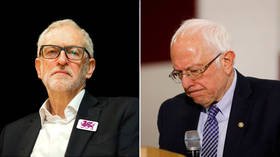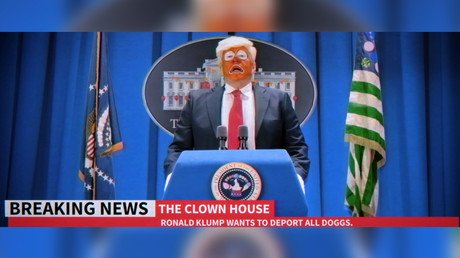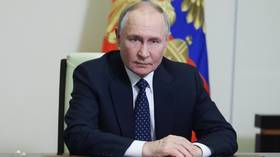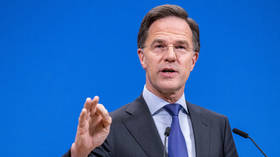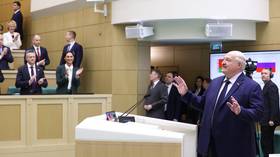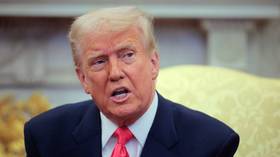Once, Americans could bridge party lines in a crisis — Trump's ratings show that time is gone
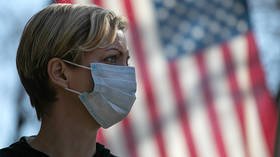
In the past, when a crisis hit the US, it caused a rally to the flag. Amid the Covid-19 pandemic, though, President Trump’s ratings have remained comparatively level, as voters retreat to their hyper-partisan echo chambers.
There has been a fair amount of analysis of President Trump’s benefit from a ‘rally around the flag’ boost in the polls, as his administration responds to Covid-19. According to the Five Thirty Eight polling model, however, it appears his boost in the polls may have been quite minor, and is already showing signs of leveling off.
Before the national health emergency with Covid 19, Trump’s approval rate had been muddling along in the low to mid-40s. By March 23rd his numbers started to rise, peaking in the mid to high 40s. Now, a mere two weeks later, it looks as though the polling ‘bounce’ may be fading. This would mean two things: firstly, even at the height of an unprecedented crisis, with American society unified in the grip of a pathogen that is disruptive to the country’s way of life, and with the President the focal-point of practical measures and reassurance, Trump’s approval rating has still not cracked 50% in the average of the polls. The country is so divided by partisanship that the traditional notion of ‘rallying around the flag,’ and bolstering a President with supportively high approval ratings is an increasingly outmoded notion that can’t survive the era of hyper-partisanship, base politics and the ever-shrinking number of political independents who, historically, prompt such shifts in the polls.
Also on rt.com US debt crisis wasn’t supposed to happen until at least 2035. Covid-19 is rapidly pushing it closerSecondly, by extension, this reaffirms what we have already basically known: that most American’s views of Trump are hardened, one way or the other, and have been since day one, and he, perhaps more than most presidents, is therefore less likely to see spikes in his job ratings. A look at his overall poll numbers from the beginning of his presidency to the present day shows remarkable consistency. Apart from a half-year long dip early on, he has remained within a very narrow band in the low to mid-forties, almost irrespective of events, the economic outlook, or any contentious statements or tweets.
Thirdly, it also confirms a longer-term trend. Jimmy Carter’s approval ratings jumped dramatically at the onset of the Iranian hostage crisis, and held steady for three months. Bill Clinton’s approval rating jumped into positive territory after his response to the Oklahoma bombing, and remained favourable for over a month. Besides the obvious and inevitable spike after 9/11, George W. Bush’s rating similarly leapt up after the capture of Saddam Hussein, and remained elevated for three months. In more recent, hyper-partisan times, with the growth of biased news channels, social-media bubbles and culture wars, the size and duration of ‘rally around the flag’ poll-surges have decreased. Barack Obama’s dramatically decisive and successful mission to kill Osama Bin Laden saw only a minor and two-week long rise in his poll-numbers, and his compassionate response to the Gabby Gifford shooting saw a similarly minor surge. Donald Trump’s subdued and apparently short-lived bounce in the polls is therefore symptomatic of a broader trend in which the two sides of the political divide are so entrenched, the opposition is barely inclined to give a sitting President the benefit of the doubt, or to see giving the president high marks a way to express national solidarity.
As an indicator of how much this dynamic has shifted, there was once a time when the public would rally around a president when he had actually made a mistake. In 1961, shortly after the ill-fated and poorly executed Bay of Pigs invasion, President Kennedy’s approval rating actually went up, as the public sought to encourage and bolster him, in the larger context of the Cold War. It is impossible to envisage a similar dynamic unfolding now. A national crisis used to make or break a President, and often radically alter public perception. With Donald Trump, even in the midst of an unprecedented event, it seems such perceptions might hardly have shifted at all.
Think your friends would be interested? Share this story!
The statements, views and opinions expressed in this column are solely those of the author and do not necessarily represent those of RT.
